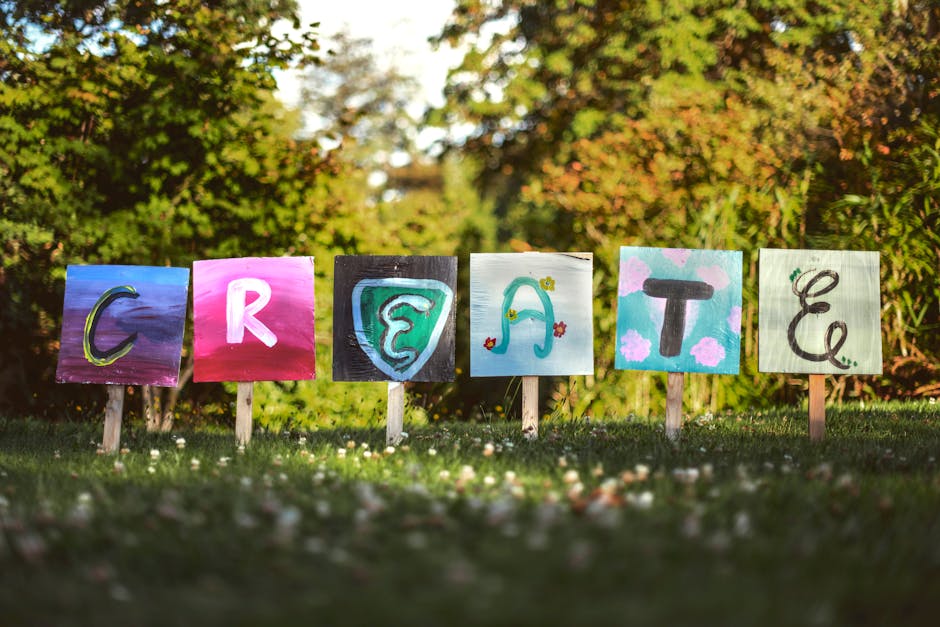Unlocking Creativity with Free Digital Art Software

Unlocking creativity through digital art software has become increasingly accessible with the availability of free tools. These platforms offer a range of functionalities that cater to both amateur and professional artists, allowing them to explore their artistic potential without financial constraints. From intricate illustrations to dynamic animations, free digital art software provides a diverse set of features that support various artistic endeavors.
Popular Free Digital Art Software
Several free digital art programs have gained recognition for their robust features and user-friendly interfaces. Krita, for example, is highly regarded for its extensive brush engine and customizable workspace, making it ideal for painting and sketching. Another popular choice is GIMP (GNU Image Manipulation Program), which offers a comprehensive suite of tools for photo retouching, image composition, and image authoring.
Blender stands out in the realm of 3D creation. It supports modeling, rigging, animation, simulation, rendering, compositing, and motion tracking. For those interested in vector graphics, Inkscape is an excellent option with capabilities that rival some paid software. These tools are not only powerful but also supported by active communities that provide tutorials, forums, and additional resources.
Below is a table summarizing the key features of these popular free digital art programs:
| Software | Key Features | Best For |
|---|---|---|
| Krita | Brush engine, customizable workspace | Painting and sketching |
| GIMP | Photo retouching, image composition | Image editing |
| Blender | 3D modeling, animation, rendering | 3D creation |
| Inkscape | Vector graphics editor | Illustrations and design |
Advantages of Using Free Digital Art Software
The primary benefit of using free digital art software is cost savings. Artists can access high-quality tools without the need for expensive subscriptions or one-time purchases. This accessibility democratizes art creation, enabling individuals from various financial backgrounds to pursue their artistic passions.
Moreover, many free programs are open-source. This means they are continuously improved by a community of developers who share their enhancements with all users. For instance, Blender's development is driven by contributions from both independent developers and major companies like Intel and NVIDIA. This collaborative effort ensures that the software remains cutting-edge and reliable.
The adaptability of these tools is another advantage. Users can often customize their workflows with plugins and add-ons tailored to specific needs. This flexibility allows artists to create a more personalized working environment that enhances productivity and creativity.
Challenges and Limitations
Despite their advantages, free digital art software can present certain challenges. One common issue is the learning curve associated with mastering these tools. While resources like tutorials and forums are available, it can still take considerable time and effort to become proficient.
Another limitation is the potential lack of customer support compared to paid alternatives. Since most free programs rely on community support rather than dedicated help desks, users might experience delays in resolving technical issues or finding answers to specific questions.
Compatibility can also be a concern. Some free software might not fully integrate with industry-standard tools or formats, potentially complicating workflows that involve multiple programs. Ensuring compatibility often requires additional steps or third-party converters.
Tapping into Community Resources
The communities surrounding free digital art software are valuable assets for users at all skill levels. Forums such as Reddit's r/Krita or Blender Artists provide spaces for sharing knowledge, seeking advice, and showcasing work. These platforms foster collaboration and continuous learning among artists.
Tutorial websites like YouTube host a wealth of instructional content created by experienced users. Channels dedicated to specific software offer step-by-step guides on various techniques, from basic operations to advanced features. Additionally, many software websites host official documentation and user manuals that can be indispensable for troubleshooting and learning new functionalities.
The collective knowledge shared within these communities often leads to the discovery of innovative uses for the software that may not be immediately apparent from official sources alone.
The availability of free digital art software opens up numerous opportunities for creative expression without financial burden. Programs like Krita, GIMP, Blender, and Inkscape offer powerful features that cater to different aspects of digital art creation while being supported by vibrant communities that enhance user experience through shared knowledge and resources.
While there may be challenges such as learning curves and compatibility issues, the benefits often outweigh these hurdles. The continual development driven by open-source communities ensures these tools remain competitive with paid alternatives. Engaging with community resources can further mitigate potential drawbacks by providing support and inspiration.
